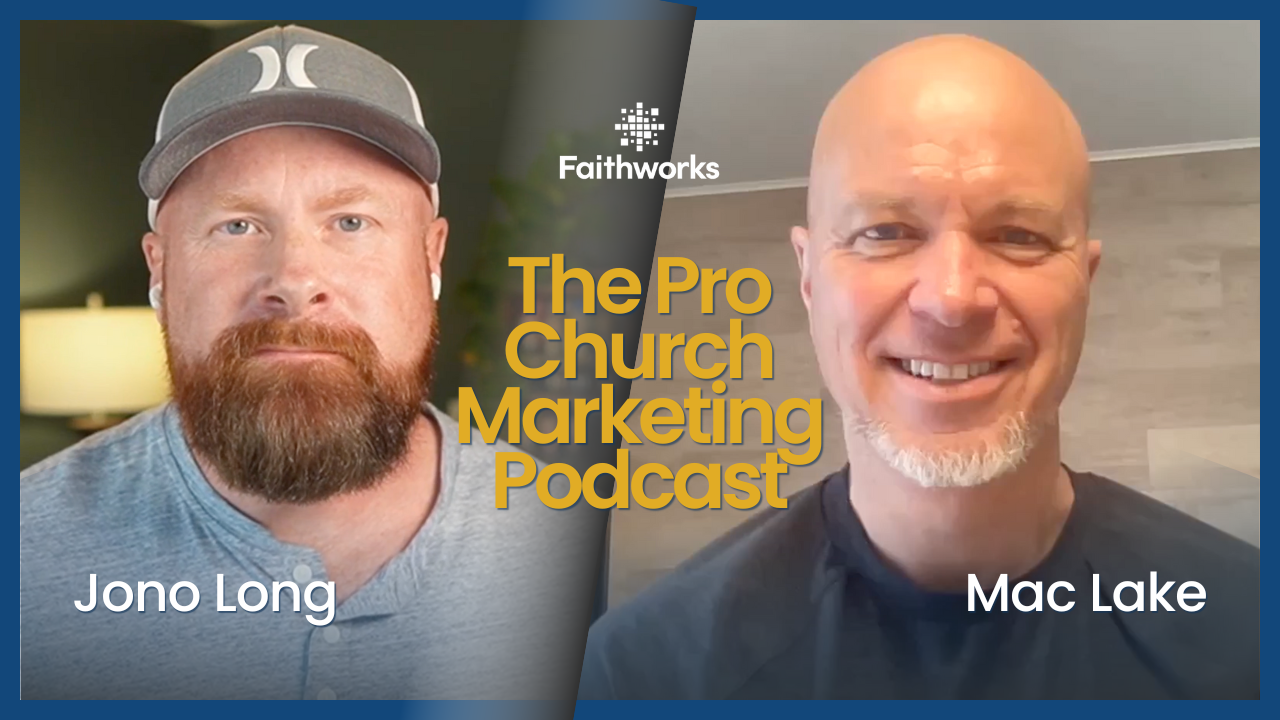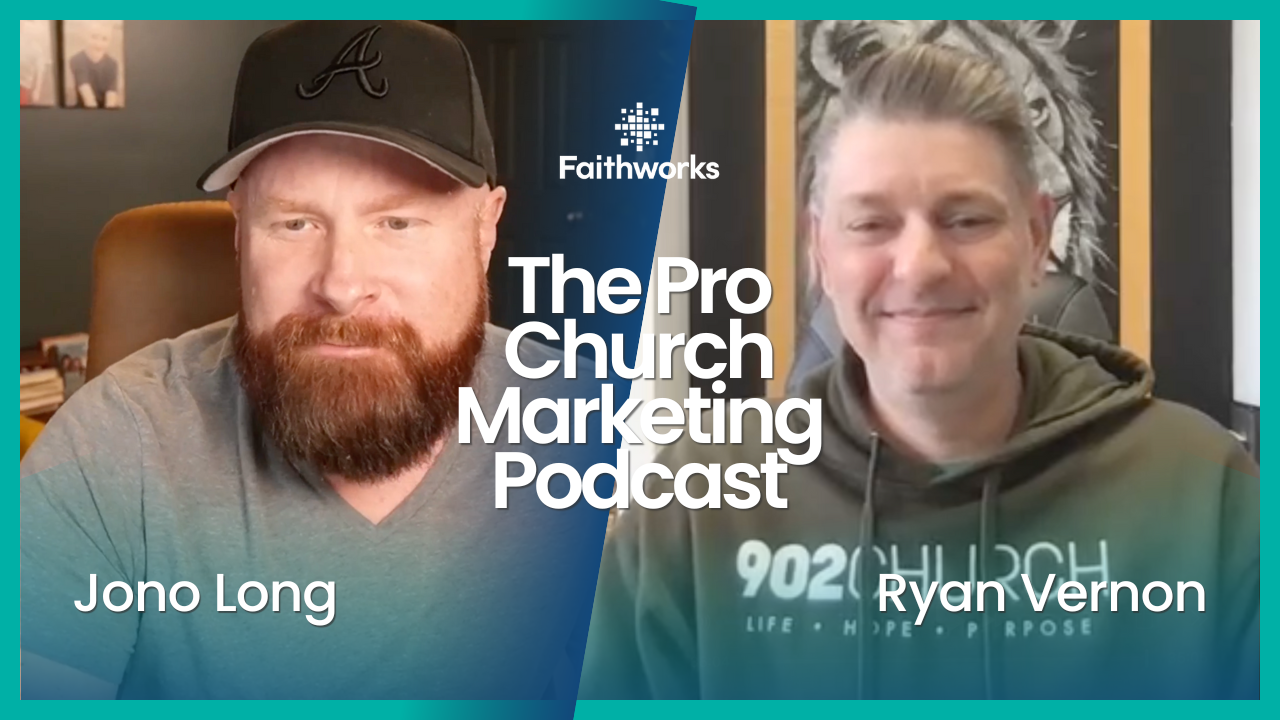Church Website Design Best Practices for Improved User Experience and Growth
Building an impactful and engaging online presence begins with your church's website – the digital hub for your congregation and the first point of contact for many visitors. A well-designed website has the power to inspire, inform, and connect, paving the way to expand your church's community and extend its reach. As the gateway to your church's ministry, your website should reflect your unique identity and mission, provide information about services and events, and offer resources that nourish the spiritual growth of your members. In this comprehensive guide, we are excited to share a wealth of insights on church website design best practices, equipping you with the knowledge and tools to create an exceptional online experience for your entire community.
A successful church website design goes beyond aesthetics, catering to the needs and preferences of your users by ensuring easy navigation, delivering valuable content, and providing an inviting and visually appealing space that resonates with your target audience. Join us as we delve into the essential components and design principles that make for a high-performing, user-centric church website, touching on topics such as responsiveness, user experience (UX), content hierarchy, and more.
In this informative article, we will discuss the importance of a mobile-responsive website, ensuring that your content and layout adapt smoothly to all screen sizes and devices. As more people use mobile devices to access online content, responsiveness has become crucial for providing a seamless experience that keeps users engaged and coming back for more.
Stay with us as we present a comprehensive look at the world of church website design, guiding you on the path to creating a truly exceptional online home for your congregation and visitors.
1. Mobile-Responsive Design: Adapting to All Screens
A responsive website design is essential for your church in a world dominated by mobile devices. Here's what you need to know:
- Fluid Layouts: Create flexible page layouts that adapt to different screen sizes and orientations, ensuring an optimal viewing experience across devices
- Touch-Friendly Navigation: Design menus and interactive elements with touchscreens in mind, providing appropriate spacing for finger taps and swipes
- Image Optimization: Optimize images for faster loading times, ensuring they display correctly on all devices without sacrificing quality
- Mobile-First Approach: Prioritize mobile design and enhance user experience by streamlining content and functionality for small screens, then scale up for larger devices
2. Intuitive Navigation: Guiding Users Through Your Website
An outstanding user experience depends on accessible, intuitive navigation. Follow these best practices:
- Clear Menu Structure: Organize your menu based on content hierarchy and importance, grouping related items together for easy access
- Descriptive Labels: Use straightforward, descriptive labels for menu items, assisting users in quickly identifying the content they seek
- Strategic Calls-to-Action (CTAs): Place clear, visually distinct CTAs throughout your website, guiding users towards desired actions, such as event registration or donation pages
- Search Functionality: Offer a search function to help users find information quickly, especially if your website has an extensive content library
3. Engaging Visuals: Capturing Attention and Inspiring Emotion
Harness the power of visuals to create a memorable, engaging user experience:
- Compelling Imagery: Utilize high-quality, authentic images to convey your church's mission and evoke emotion; consider showcasing your congregation, staff, or events to provide a genuine window into your community
- Consistent Typography: Select fonts that complement your logo and branding, ensuring legibility and consistency across pages; apply a functional hierarchy that distinguishes headings, subheadings, and body text with appropriate variations in size, weight, and style
- Harmonious Color Schemes: Employ colors that align with your church's branding and evoke specific feelings; use contrasting colors for greater readability and visual impact; limit your selection to a few key colors, creating a cohesive look and feel
4. Effective Content Presentation: Enhancing Clarity and Value
Deliver an exceptional user experience by presenting website content strategically:
- Content Hierarchy: Organize content according to importance and relevance, ensuring key information is prominent and easy to locate; use headings and subheadings to guide users through content
- Categorized Information: Divide content into distinct sections or categories, helping users navigate the site and find relevant resources
- SEO Optimization: Optimize content with relevant keywords, titles, and descriptions, enhancing your website's search engine visibility and reach
Conclusion
By implementing these church website design best practices, you will provide an exceptional online experience for your congregation and visitors and foster growth and engagement within your faith community. A well-designed website serves as a digital home, inviting those who enter to explore, connect, and be inspired by your church's unique mission and message.
At Faithworks Marketing, we are dedicated to helping churches like yours create spectacular websites that truly captivate and inspire. Our team of skilled professionals is eager to collaborate with you on crafting a tailored
website design that embodies your church's vision and nurtures your growing online community. Reach out to us today, and together, let's elevate your church's digital presence to new heights.

Latest Posts




© 2025 All Rights Reserved | Faithworks Marketing







